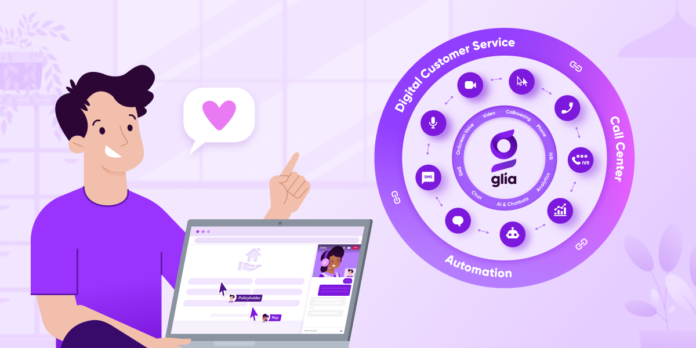By now, we’ve probably all heard someone in the insurance leadership team refer to creating an “Amazon-like experience.” The ecommerce giant not only transformed its own industry and the customer expectations within it, but it created a ripple effect that has transcended industries (though perhaps it may be more accurate to call it a tidal wave).
The likes of tech giants like Amazon, Uber, and Netflix have redefined the customer experience space. These companies emerged in spaces ripe for disruption, and built their model around digital-first service.
As customers have come to expect similarly fast service and the ability to consume a product in an instant from any device, companies across industries have scrambled to implement technology that aligns how they operate to these new expectations.
But what about the insurance industry? Generally considered an archaic and slow-moving industry, insurance companies are not often mentioned in the same breath as Amazon when it comes to the customer experience.
Despite the “Amazon-like experience” often being thrown around as the north star for companies seeking to transform their CX, is it the right mindset for insurers?
Purchasing Insurance is Complicated
The reality is buying and interacting with your insurance company is not as simple as shopping on Amazon or ordering an Uber ride. Not just because the technology isn’t as good, but also because the product itself is vastly different.
Think about the subset of consumers we consider to be those most commonly seeking an “Amazon-like experience.” It’s typically the younger generations who have grown up in a digital world with products at their fingertips. But these same consumers are often buying insurance for the first time.
Take homeowners insurance, for example. This isn’t buying a new coffee maker or camping equipment—this is buying coverage to protect by far the most expensive purchase the person has ever made. And it’s a product they’re not familiar with.
How much coverage do I need? Is my home protected from flood damage? What if I don’t know the material my roof is made of?
The possible list of questions a first-time home buyer may have while seeking home insurance is endless.
As much as consumer expectations have changed, the reality is many younger consumers want to speak with a human before purchasing an insurance policy. 80% of Millenials and Gen Z consumers want an insurance agent to help them understand insurance. This demographic is three times more likely to worry about ‘what-if’ scenarios than older generations.
That doesn’t necessarily mean they want to walk into the office of the insurance agency down the street to buy a policy—in many cases they want to begin the buying process online. But at some point in that journey, they may want to validate with a trusted advisor that they’re entering accurate information and that they’re purchasing sufficient coverage. It’s at this friction point where an entirely self-service, one-click buying experience doesn’t necessarily make sense in insurance.
Redefining How You Interact with Policyholders
There is certainly an opportunity for carriers to optimize the digital experience and provide more seamless self-service for policyholders from quote through a claim. In that sense, there’s certainly much to learn from the likes of the tech giants from other industries.
But rather than cutting out the human touch completely, insurers need to meet customers where they are. For carriers providing direct quoting, that means offering consumers human assistance when they hit that point of friction within the online buying process—not directing them to call a 1-800 number to begin the process all over again.
And for carriers who sell through independent agents or brokers, it’s about providing a seamless support experience for your distribution network. Digital capabilities should certainly be made available to agents, but that isn’t enough. If and when agents need support, it should be a click away—not an email that’s answered two days later.
The Glia Interaction Platform empowers carriers to redefine how they interact with policyholders and agents. Glia Call Center and Digital Customer Service (DCS) are solutions that provide the ability to seamlessly meet them in their on-screen journey, providing rich on-screen context to enable support teams to more quickly and efficiently resolve the inquiry with the goal of instant underwriting.
With DCS, carriers can provide chat, audio, and video as well as layer in collaboration tools, such as CoBrowsing, which allows specialist support teams to browse with the customer or agent to help assist with completing forms or navigating to the appropriate page.
Amazon-like experiences have shaped customer expectations in many industries, and carriers should certainly optimize their digital experiences to provide self-service opportunities where appropriate.
But the north star for carriers should be marrying that online experience with the human touch that has for so long been a hallmark of the industry.





